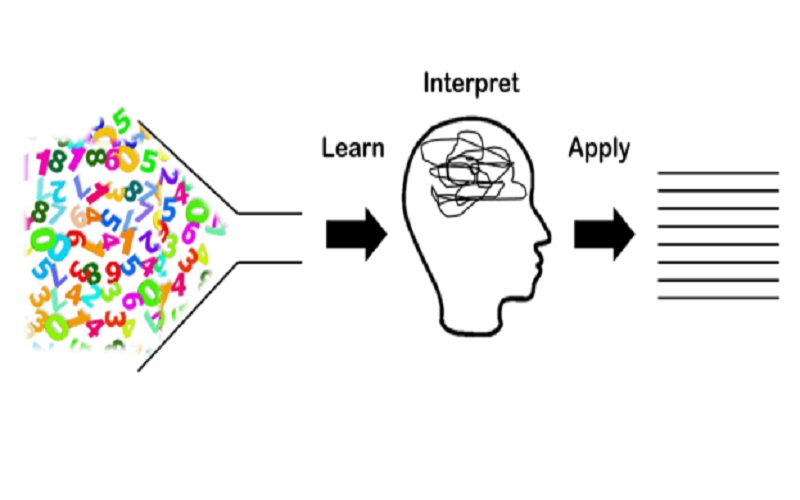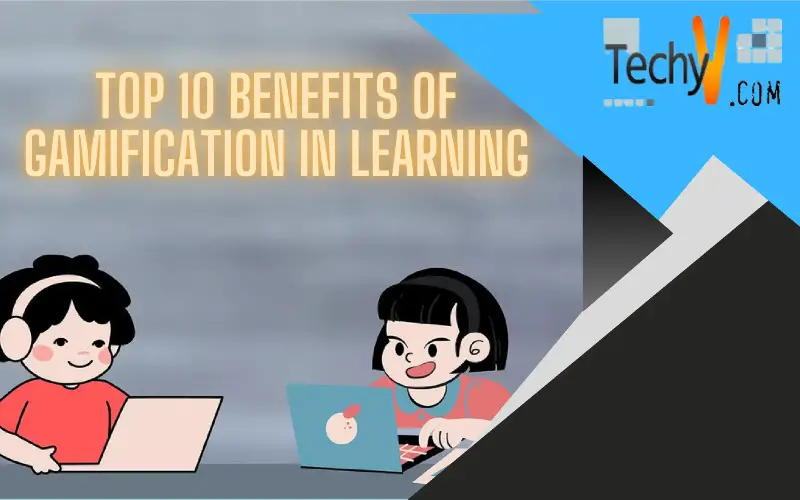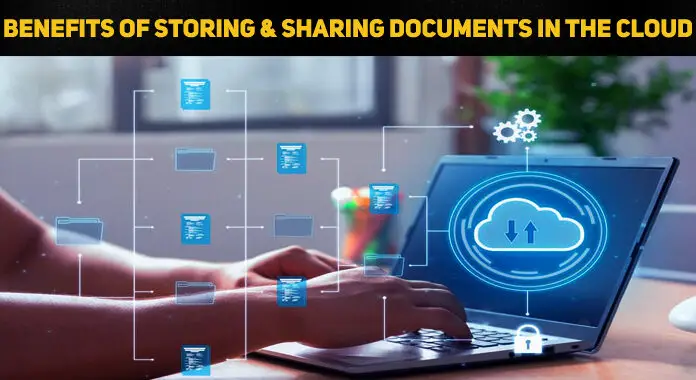Gamification has emerged as a powerful approach to transform the traditional learning experience by incorporating game elements and mechanics into educational settings. By leveraging the inherent human desire for challenge, competition, and achievement, gamification seeks to enhance learner engagement, motivation, and knowledge acquisition. In gamified learning environments, learners are immersed in interactive and dynamic experiences that captivate their attention and encourage active participation. Through the use of captivating narratives, characters, quests, and levels, gamification turns the learning process into an exciting and rewarding adventure. Learners become active participants, taking on challenges, earning points, and unlocking achievements as they progress.
One of the key benefits of gamification in learning is to entertain the learner. By incorporating elements such as rewards, badges, and leaderboards, gamification instills a sense of accomplishment and recognition, driving learners to excel and invest effort in their learning journey. Immediate feedback loops and progress tracking further reinforce learner engagement by providing timely guidance and reinforcement.
Moreover, gamification promotes the development of critical thinking, problem-solving, and decision-making skills as learners navigate through complex challenges and puzzles. It also fosters collaboration and social interaction, enabling learners to engage in friendly competition, teamwork, and peer support. Let us see the Top Ten Benefits of Gamification in Learning:
1. Increased Engagement
Gamification captures learners’ attention by introducing game elements such as interactive challenges, immersive narratives, and visually appealing graphics. This engagement factor makes learning more enjoyable and encourages active participation, leading to better knowledge absorption and retention. The interactive nature of gamification creates a dynamic learning environment that stimulates learners’ curiosity and motivates them to explore and discover.

2. Improved Motivation
Gamification taps into learners’ intrinsic motivation by incorporating rewards, badges, and achievements. These extrinsic motivators provide a sense of accomplishment and progress, fueling learners’ desire to excel and encouraging them to invest more effort into their learning journey. As learners receive recognition for their achievements, they feel a heightened sense of competence and self-worth, driving them to pursue learning goals with enthusiasm and dedication.
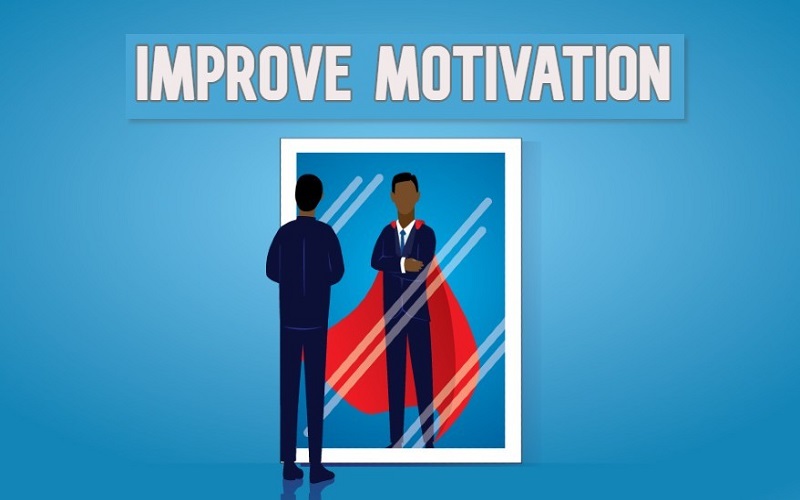
3. Enhanced Retention
Games often utilize repetition, reinforcement, and retrieval practice, which are known to improve memory retention. Immediate feedback loops and progress tracking in gamified learning environments allow learners to reinforce their understanding, identify areas for improvement, and adjust their approach accordingly, resulting in better long-term knowledge retention. The interactive nature of gamification also stimulates multiple senses, making the learning experience more memorable and enhancing the encoding of information into long-term memory.

4. Personalized Learning
Gamification offers personalized learning experiences by adapting the content and challenges to match learners’ individual needs and preferences. Through adaptive algorithms, learners can receive targeted content, level up or down based on their proficiency, and access resources tailored to their specific learning styles, maximizing their engagement and learning outcomes. By accommodating learners’ diverse abilities and preferences, gamification ensures that each individual can progress at their own pace, fostering a sense of autonomy and ownership over their learning journey.
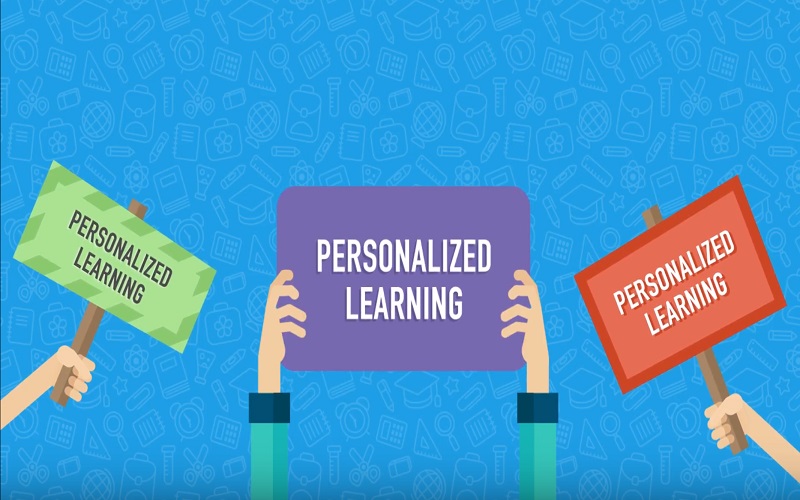
5. Development Of Problem-Solving Skills
Gamified learning often presents learners with complex problems and puzzles that require critical thinking, analytical reasoning, and decision-making skills. By engaging in these challenges, learners develop their problem-solving abilities and learn to apply strategic thinking to overcome obstacles, skills that are invaluable in various real-life situations. The process of tackling challenging tasks in a game setting cultivates a growth mindset, where learners perceive difficulties as opportunities for growth and development, encouraging them to persist in the face of challenges.
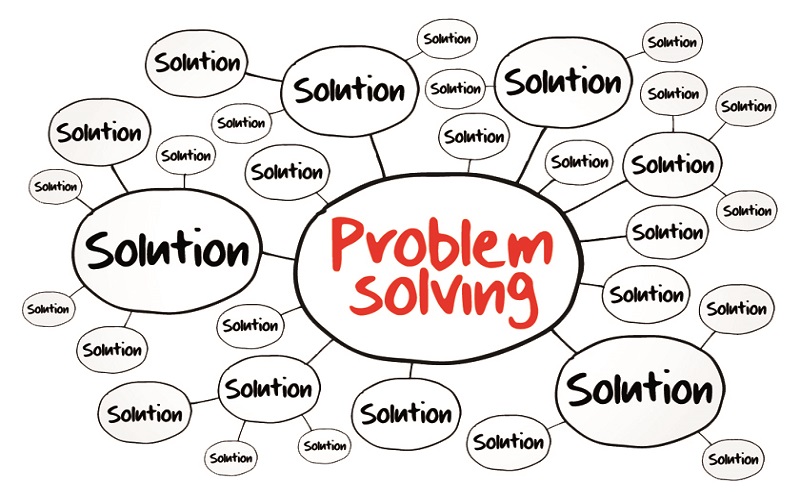
6. Collaboration And Social Interaction
Gamification in learning environments can foster collaboration and social interaction among learners. Leaderboards, team-based activities, and multiplayer modes encourage healthy competition, teamwork, and peer support. Learners can engage in friendly competition, exchange knowledge, and collaborate on tasks, enhancing their social skills and promoting a sense of community within the learning environment.

7. Safe Learning Environment
Games provide a safe and non-judgmental space for learners to experiment, take risks, and learn from failure. Learners can explore different approaches, make mistakes, and experience the consequences without real-world repercussions. This safe learning environment encourages learners to step out of their comfort zones, embrace challenges, and adopt a growth mindset. The absence of fear of failure fosters a more positive attitude towards learning, as learners understand that mistakes are a natural part of the learning process and provide valuable opportunities for improvement.
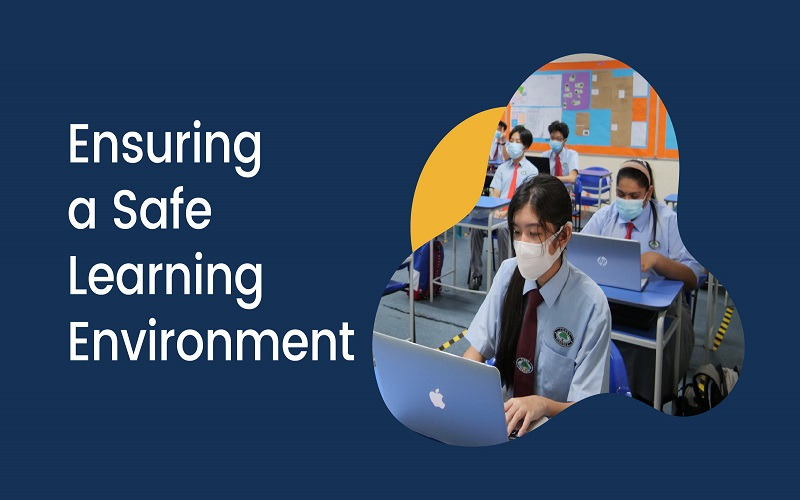
8. Immediate Feedback
Gamified learning environments provide learners with immediate feedback on their performance. This instant feedback helps learners assess their progress, identify areas for improvement, and make adjustments in real time. The prompt feedback loop encourages learners to reflect on their actions, refine their strategies, and continuously strive for mastery. This continuous cycle of learning and improvement keeps learners engaged and motivated, as they can see tangible progress and understand the direct impact of their efforts on their performance.
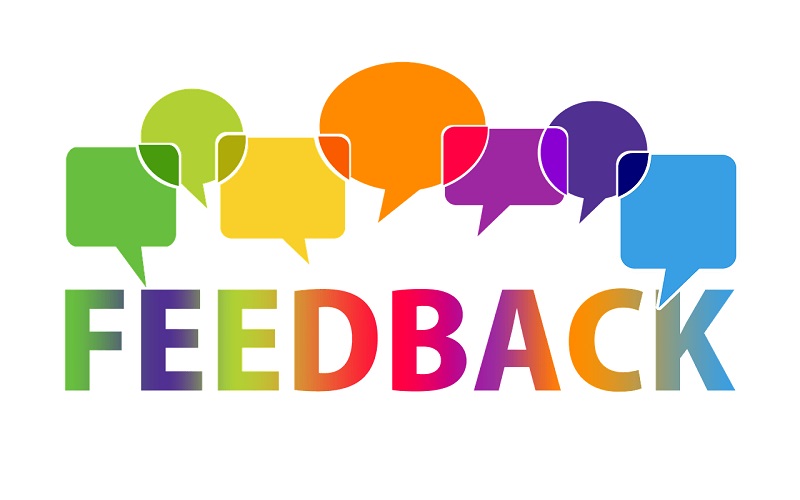
9. Long-Term Engagement
Gamification incorporates progression systems, achievements, and unlocking mechanisms to provide a sense of continuous progress and keep learners engaged over an extended period. By offering new challenges, levels, or content as learners advance, gamified learning environments maintain learners’ interest and motivation, reducing the risk of boredom or disengagement.
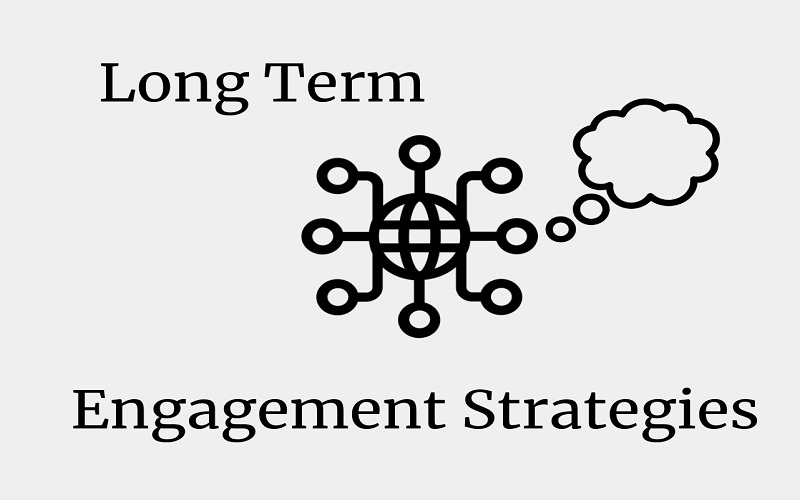
10. Application Of Knowledge
Gamification facilitates the application of knowledge in practical contexts. Simulations, virtual scenarios, or interactive experiences within games allow learners to apply their theoretical knowledge to real-life situations. This practical application enhances learners’ understanding, problem-solving abilities, and decision-making skills, bridging the gap between theory and practice. Learners can experience the direct relevance and value of what they have learned, further motivating their engagement and knowledge retention.
